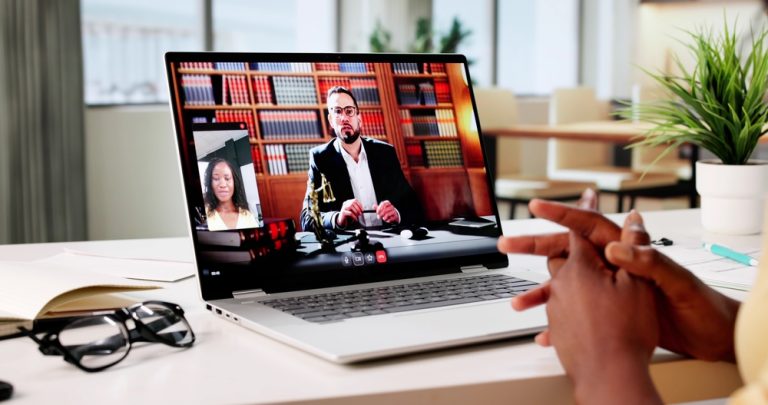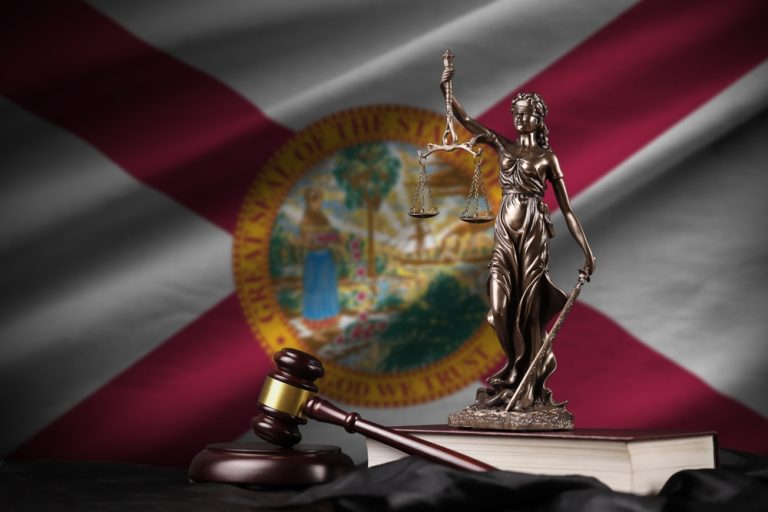Additur for Future Pain and Suffering Damages
Additur for Future Pain and Suffering Damages
When a jury’s verdict is unreasonably low, the presiding judge may increase it by awarding an additur pursuant to Florida Rule of Civil Procedure 1.530 and Section 768.74, Florida Statutes.[1] However, as to damages for future pain and suffering, courts are required to give juries wide latitude, partly because future damages are uncertain by nature. The First District has noted:
The nature of future damages is such that much discretion must be afforded to the finder of fact. While as to past damages we have a record that allows us to scrutinize very closely what has already happened, the same cannot be said as to future losses. Due to the somewhat speculative nature of what may occur in the future, it is perhaps not unwise to afford great latitude to the jury in its determinations as to these damages. The evidence in this regard in the instant case reflects the uncertainty of predicting future pain and suffering.[2]
In addition, because “[d]amages for pain and suffering are difficult to calculate [and] have no set standard of measurement, [they] are uniquely reserved to a jury for their decision.”[3] In Kocik v. Rodriguez,[4] the plaintiff boarded $79,142.62 in past medical specials. Defense counsel asked the jury to award the specials, plus $25,000 for pain and suffering, and the jury followed this suggestion. The trial court granted the plaintiff’s motion for additur. The Fourth District reversed “because the jury weighed conflicting evidence which could have borne a reasonable relation to the jury’s $25,000 combined past and future pain and suffering award, as the defendant had argued in closing.”[5]
In fact, even where a plaintiff suffers a permanent injury, a jury is not required to award future pain and suffering damages if unproven or disputed.[6] In Allstate Insurance Co. v. Manasse,[7] a jury concluded the plaintiff sustained a permanent injury and awarded future medical expenses, but awarded no damages for future pain and suffering. The Florida Supreme Court concluded a new trial was not warranted because ”[t]he jury could reasonably have concluded [future] palliative care was reasonable but that future pain and suffering was either not proven by the greater weight of the evidence or was not compensable.”[8] Similarly, in Arias v. Porter,[9] the Second District upheld a zero award for future pain and suffering in part because of evidence casting doubt on the complaints of ongoing pain.[10] As expected, a plaintiff’s credibility is an important factor in pain and suffering determinations.[11] Another factor can be the extent of future medical treatment. In Allstate Insurance Co. v. Campbell,[12] the Second District affirmed a zero award for future pain and suffering in part because the future economic damages were nominal. In Ortega v. Belony,[13] the Third District upheld a $5,000 award for combined past and future pain and suffering. The court reasoned:
Belony was a stoic plaintiff whose injuries healed quickly and, after a three month recovery, had no need of future medical treatment. Although Belony suffered a severe, permanent injury in the car accident, he has proven to be resilient in his recovery and by the time of trial, felt “almost normal.” Therefore, the jury did not act unreasonably in concluding, as it did, that $5,000 was a reasonable award for Belony’s past and future pain and suffering.[14]
In the end, “[the basic test for determining the adequacy of a verdict is whether a jury of reasonable people could have returned the verdict.”[15] As the Fourth District has noted,
Additur is an appropriate remedy only where a damage award is so inadequate as to shock the conscience of the court; a trial judge may not sit as a seventh juror, thereby substituting his or her resolution of the factual issues for that of the jury.
* * *
[Where the evidence is conflicting and the jury could have reached its verdict in a manner consistent with the evidence, it is error for the trial court to veto the jury verdict by granting a motion for additur.[16]
As such, additurs for future pain and suffering damages should be few and far between.
This article was originally published in the Trial Advocate, Volume 43, No 1, a publication of the Florida Defense Lawyers Association, and is republished here with permission.
[1] For personal injury cases stemming from a motor vehicle accident, the applicable additur statute is section 768.043.
[2] Dyes v. Spick, 606 So. 700, 704 (Fla. 1st DCA1992) (emphasis added).
[3] Pogue v. Garib, 254 So. 3d 503, 507 (Fla. 4th DCA 2018). See also Fla. Standard Jury Instr. 501.2(a) (stating that for mental anguish, “There is no exact standard for measuring such damage. The amount should be fair and just in light of the evidence.”).
[4] 327 So. 3d 318 (Fla. 4th DCA 2021).
[5] Id. at 321.
[6] Allstate Insurance Co. v. Manasse, 707 So. 2d 1110, 1111 (Fla. 1998);
Arias v. Porter, 276 So. 3d 49, 54 (Fla. 2d DCA 2019).
[7] 707 So. 2d at 1111.
[8] Id.
[9] 276 So. 3d 49, 54 (Fla. 2d DCA 2019).
See also Sukraj v. Phoeung, 241 So. 3d 911, 912 (Fla. 2d DCA 2018) (affirming zero award for future pain and suffering because those damages were disputed at trial); Pogue, 254 So. 3d at 507 (“The trial court may not award an additur where the evidence is conflicting and the jury could have reached its verdict in a manner consistent with the evidence.”) (quotations omitted).
[11] See Smith v. Houston, 551 So. 2d 551, 551 (Fla. 2d DCA 1989) (“challenges to [the plaintiffs] credibility could have led the jury to reject claims for pain and suffering….The jury could have disbelieved the testimony’); Fitzgerald v.
Molle-Teeters, 520 So. 2d 645, 648 (Fla. 2d DCA 1988) (“A jury could disbelieve a plaintiffs testimony regarding pain and suffering”). See generally Francis- Harbin v. Sensormatic Electronics, LLC, 254 So. 3d 523, 527 (Fla. 3d DCA 2018) (“In deciding to grant a new trial if the manifest weight of the evidence is contrary to the verdict, the trial judge must necessarily consider the credibility of the witnesses along with the weight of all the other evidence.”) (quotation omitted).
[12] 842 So. 2d 1031 (Fla. 2d DCA 2003).
[13] 185 So. 3d 538 (Fla. 3dDCA2015).
14 Id. at 540; see also Gustavsson v. Holder, 236 So. 3d 476, 480 n.2 (Fla. Sth DCA 2018) (affirming award of zero future pain and suffering despite $507,667 in past medical expenses because, “[in this case, the jury made no award for future medical expenses, and Gustavsson testified the pain had improved and there were periods between surgeries where he indicated no pain.’).
[15] Gelin v. CFH Group, LLC, 324 So. 3d 1005, 1006 (Fla. 3d DCA2021).
[16] Ortlieb v. Butts, 849 So. 2d 1165, 1167 (Fla. 4th DCA 2003) (quotations omitted, emphasis added). See also Ferrer Serna, 179 So. 3d 523, 525 (Fla. 4th DCA 2015); Ortega, 185 So. 3d at 540 (“A pain and suffering verdict is clothed with a presumption of regularity”) (quotation omitted).







